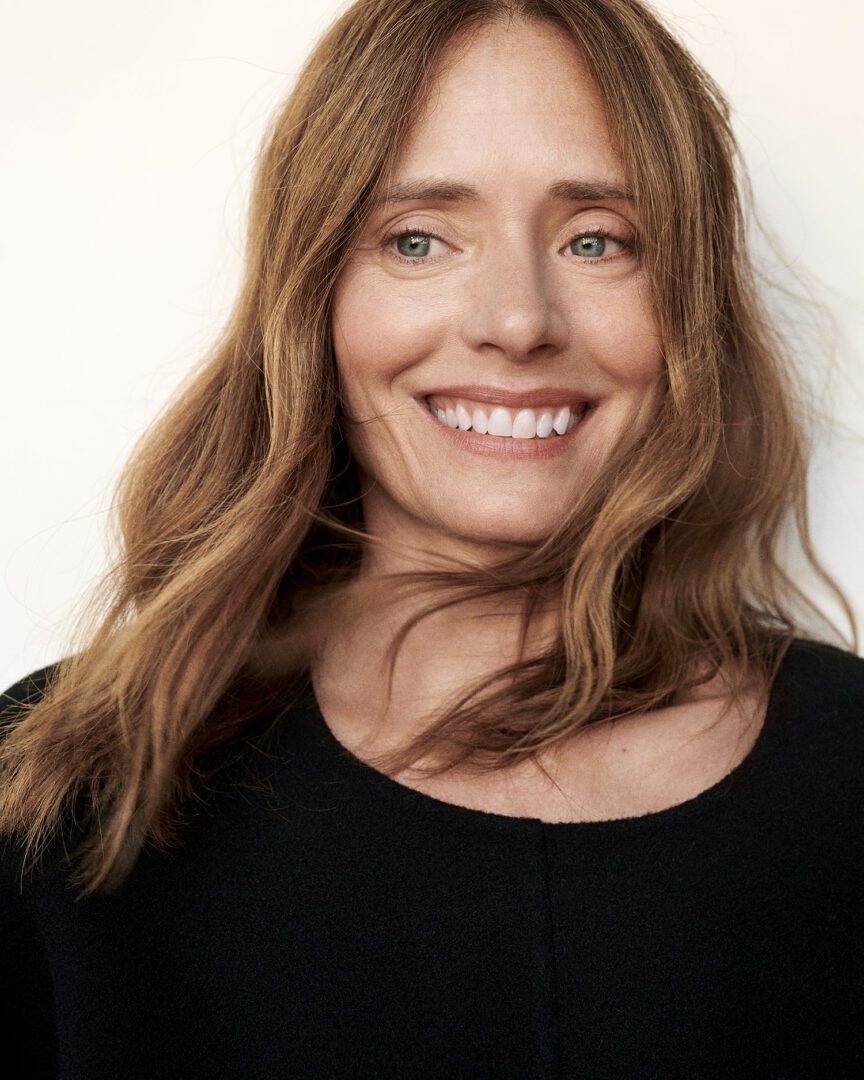Métiers d’Art à New York
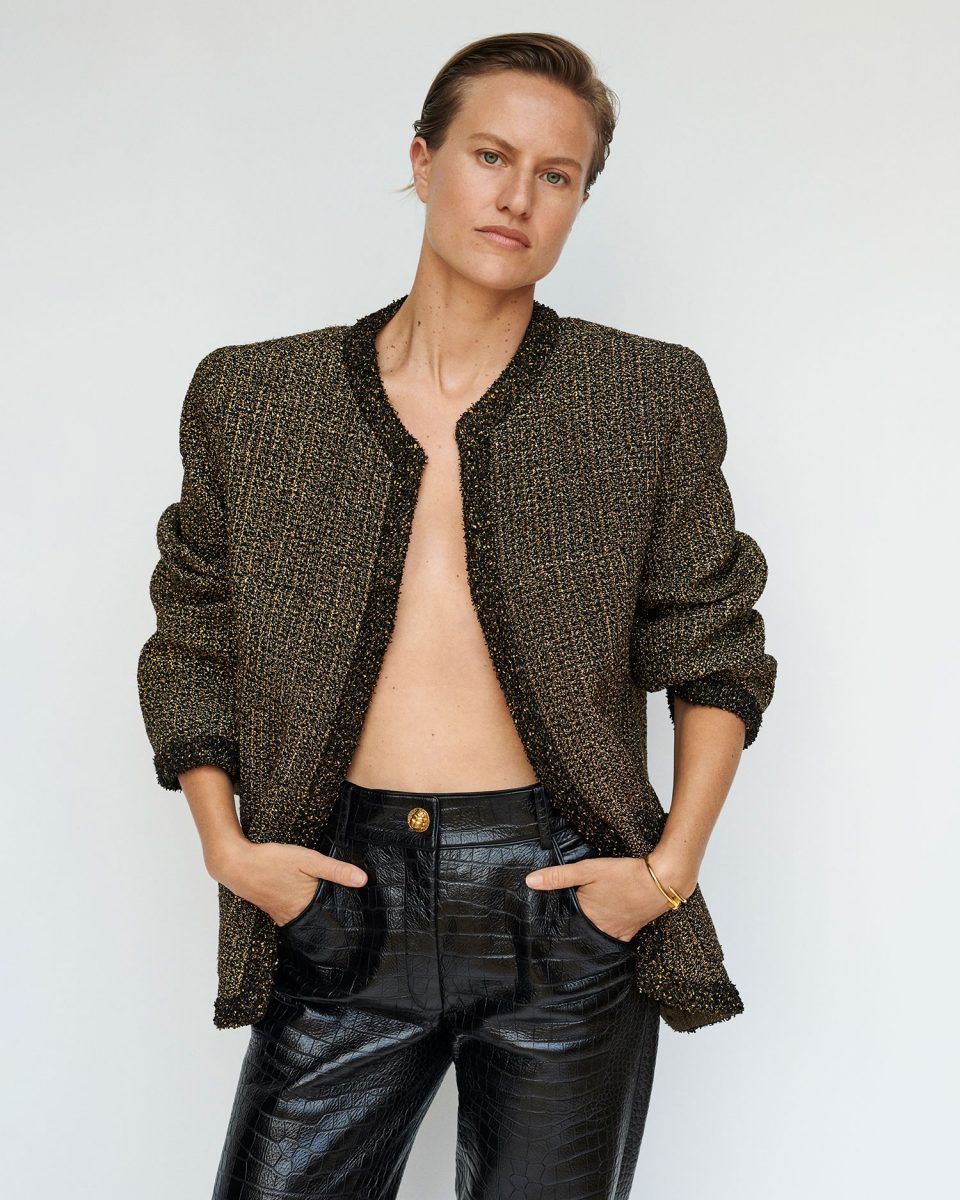
- Photography by Alexandra Nataf
- Styling by Ilona Hamer
- Words by Nicholas Goodman
13
It is the nature of New York City to change. Year by year, it is reshaped by a wave of ambitious individuals who choose to make themselves here. They are drawn as much by the possibility inherent to the city itself, as they are by an idea of it that exists in their imagination. Regardless of their starting point, their background or their aims, their rise is a sign of things changing—of a new creative moment in New York.
For each of these moments, there is a class of talented women coming up in the industry who fully embrace it. In a way, New York is their education, only no one curriculum is quite like the other. As they maneuver in and through their own work, the unique opportunities and obstacles posed here come into focus. That shared experience gives them a profound, even intuitive connection to the city and to each other. Through perseverance, loose networks of clever, like-minded individuals begin to coalesce—they become a kind of creative family.
This isn’t just a New York story. These relationships spark in extraordinary places, in extraordinary times, and their roots run deep. Just as Gabrielle would not have become Chanel without the orbit of luminaries who were her friends and collaborators, the women of this moment would not be who they are without their own creative circles fueling them along the way.
We wanted to capture the faces of women who embody New York moments. About the only thing that can be said about all of them is that their work has captured an audience in their respective industries. And, that each of them, when they look out their windows, can see a city that has inspired and motivated their creative ambitions throughout. Here, in their own words, and, naturally, wearing pieces from the Chanel Métiers d’Art collection presented at New York's Metropolitan Museum, are some of the Unconditional women who remind us why for so many this is still the only place to be.
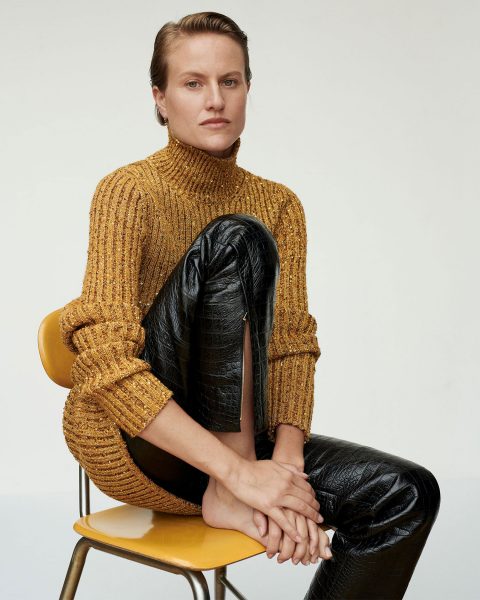
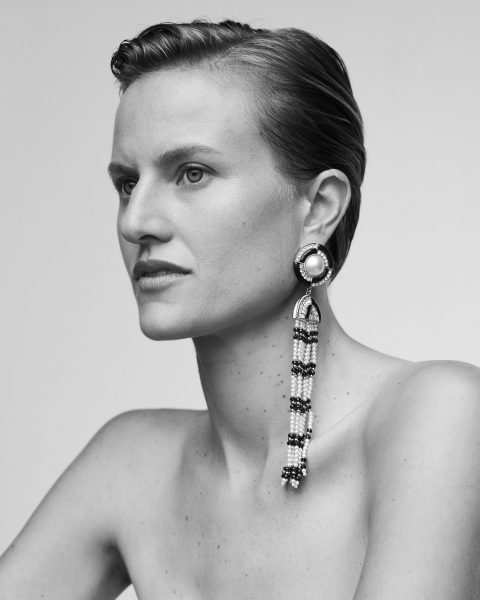
Unconditional Magazine: Where are you currently?
Olympia Scarry: NYC
UM: What projects are you focusing on?
OS: I’m currently guest editing the next issue of L’Officiel Art International launching at FIAC in Paris. The issue is entitled “Intermission”, and is about the abstract nature of time. I’m also beginning talks for the next Biannual I curate, entitled “Elevation:1049”, taking place in 2021 in the Alps, and commissioning new site specific works for the landscape. Beyond that, I will be getting back into the studio to map out the next body of work of metal powder drawings and glass paintings.
UM: How does New York shape you and your work?
OS: New York is intense but I love it and I endure it for that same reason. I produce my sculptures in different parts of the world, site specifically for the most part, so due to their nature, weight, material, etc., New York is a place for me to think. There is an artist community, an energy, and so on.
UM: What inspires you at the moment?
OS: Being in nature.
UM: Whose work moves you?
OS: Allora & Calzadilla, Hans Josephsohn, Michael Wang, Walter de Maria, Sigmar Polke, Michael Heizer.
UM: How does the vision that you had in your head when you first began as an artist, compare to the actuality of your work today?
OS: I think I’m more aware now that art can be expressed in so many veins.
UM: What is the biggest lesson you’ve learned along the way?
OS: Keep learning. Be open.
UM: How do you create an emotional connection with art in a world obsessed by technology?
OS: We live in a digitized world, but sculpture still stands.
UM: How would you describe your personal style in a few words?
OS: Functional, minimal.
UM: What is your work/life balance?
OS: As an artist work and life are expandable.
UM: What is your ultimate luxury?
OS: Sleep, because it doesn’t come easy.
UM: The most ambitious thing you hope to do?
OS: To be the best that I can be.
UM: Where do you see yourself in ten years?
OS: Inspired, in love, healthy and at peace.
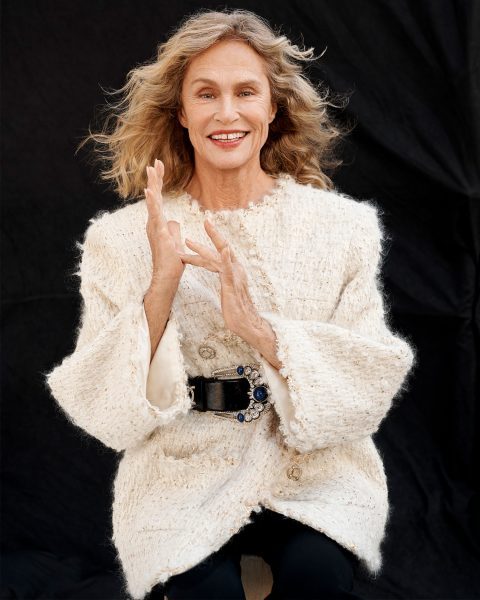
Unconditional Magazine: I know you’re based in Los Angeles and New York and also have a place in New Mexico, but obviously you move around quite a bit.
Lauren Hutton: Alex, to be honest I’ve been moving around so much lately I can hardly remember where the fuck I’ve even been. [Laughs.]
UM: What first brought you to New Mexico?
LH: Well, I had a bunch of land once, in Montauk. It was between Andy’s [Warhol] and Dick Cavett’s. It had like six ponds, five streams; it was really something. We shared it: me, Halston, and Peter’s brother, Anson Beard. But, then we had to sell it when Halston became ill. From that moment on, I desperately wanted something similar—a place I could get away, where there was nothing and nobody and no one. Back then, Montauk was like that. It was just open, wild land. I started driving down the coast from the top of Maine hoping I’d find something by the sea, but everything I came across had houses and had people. That was when I heard that my friend, Francesco Clemente, had just gotten a place in New Mexico with his family. I took my motorcycle and rode straight out there. It was this giant, fantastic mesa with mountains nearby. So that’s why New Mexico. You know, for me, it’s like being back in Africa, except no big animals, just elk.
UM: And, obviously so different from the city.
LH: Exactly. It’s an antidote to the cities—to New York, especially.
UM: It seems like you’ve been everywhere, but I have to believe there’s a few places you’re still eager to experience.
LH: Well, it’s a big place, the world. Certainly, Antartica. I’ve been to the North Pole, which barely exists anymore, but never the South. I always wanted to see all those wonderful shapes and icebergs and animals down there. Oh, also the Far East of Russia, near the Sea of Japan, which has one of the biggest and oldest standing forests left on earth. It’s also got tigers, Siberians.
UM: Having reached this icon status, which you have obviously, what is your metric for success now?
LH: Because I was raised in faces, part of it is how your face looks. [Laughs.] If you’ve got smile lines, or your face is squirreled up from being seventy-six, which I’m about to be, that matters. It’s really a question of how much use you can be. I’m at a crossroads in that sense because I’m not sure how to be of the most use anymore. I take care of my family so I help with that, and I have a lot of wonderful friends and a lot of god kids that I’m close with…
UM: That certainly seems like success in my mind.
LH: It is…but it seems to me that if you’re a public figure you need to use that for something. You shouldn’t just be barking in the dark, you know what I mean. When I look at everybody running for president, which would seem to be the most important thing, right. Not just for us and forAmerica but for the world. Originally, when I first heard about Bloomberg, I didn’t like the idea of him at all. Mainly because he’s a billionaire. Another reason my friends and I didn’t like him was because he took the edge out of New York. But, you know, the city got infinitely safer during his time. In fact, it’s nice to not have to carry a switchblade everywhere. I had one with me always, I’m not exaggerating. I had a switchblade growing up in the swamp when I was a kid, and still had one when I lived on the Bowery for almost twenty years. In my twenties and thirties, I’d get followed all the time. What I mean is, he may be a billionaire, but at least he’s used some of his loot for sensible stuff. He’s not at all perfect, but at least he’s not trying to sue people to get out of paying his bills. So I think about that sometimes. Maybe what I should do is use all my money and fly around and give confusing lectures to people or something. [Laughs.] I mean, it does seem like there should be something one can do to get at the root of things.
UM: I just think you’re the kind of person who will never be fully satisfied because you always want more. You always want to travel more, you always want to do more. You just have that curiosity. Even your apartment in New York is filled with things you’ve collected. You’ve got all these seashells, artifacts, so many things. Do you feel that attachment is emotional in a way?
LH: Well, sometimes I lay down on the carpet with friends and a magnifying glass and it’s a big deal. I mean all those things are magic by God. I just think they have some kind of old magic. It’s wonderful.
UM: Do you have any daily rituals, things that you do every day?
LH: Boy, I wish I did…well, I mean I get up and brush my teeth of course. Throw some water and soap on my face. Now I also put on some StriVectin when I can because that stuff is actually medicine.
UM: Luckily. Otherwise you’d be vouching for something you don’t believe in.
LH: I’ve never ever done that. I wouldn’t even do cigarettes, I would never do liquor, I never did anything for wild furs, even back in the sixties, I didn’t do that stuff. The first contract I turned down were these thin cigarettes for young girls. That’s the first one I was ever offered that I turned down. I use, but I don’t push. And I’m slowly getting away from using. I mean, listen, let’s see. I always told myself I’d quit by seventy and now I’m six years past that.
UM: Listen, it’s the little things in life. If it makes you happy, then why not?
LH: I only smoke about a fourth of a cigarette these days, like three puffs. Maybe on a bad day, I’ll have ten of those three puffs. [Laughs.]
UM: What is your ultimate luxury?
LH: Love. It’s always been love.
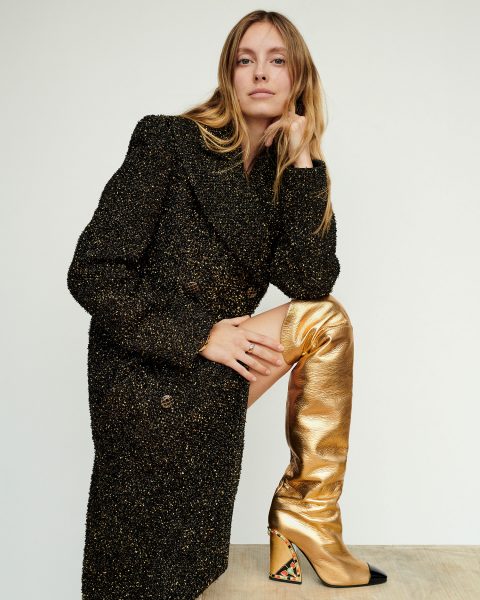
Unconditional Magazine: When you think about beauty in 2019, what inspires, motivates or excites you?
Cyndle Komarovski: I think glamorous beauty is having a come back. I love the no-makeup look, which has been a thing for so long, but I feel like people are excited about experimenting with bolder makeup again. It’s fun to create your own character, to play a bit and not take things so seriously. After all, you can always wash it off.
UM: What is your approach to beauty?
CK: I try to enhance the beauty of the person I am working on. I really take my time perfecting the skin and avoid making it look too ‘cosmetic’. Once the skin looks beautiful and natural, you can start playing with the details. I never want to make someone look weird or ugly on purpose, I try to find a feminine balance with a twist.
UM: In your opinion, what makes a woman beautiful?
CK: Her confidence.
UM: There’s a real obsession today with beauty, whether in make up, skin care, lasers, fillers etc.What do you think the future of all of that is?
CK: When one extreme happens, I am a firm believer that the pendulum always swings back. Social media has become this amazing tool for people and given them so much access to information. They’ve become their own experts. If laser and a little botox makes someone feel better, then I am all for it—who am I to judge? That being said, I think this trend of striving for absolute ‘perfection’ is becoming a bit dangerous. Doing a little maintenance is one thing but when it becomes such an obsession, that’s something else. Who wants to spend forty minutes everyday on a skincare routine? It’s just not sustainable. Less is always more in my opinion. Find products that work for you, that protect your skin and make you feel good, then get out there and live your life!
UM: Looking back, was there a moment or a job that felt like a turning point in your career?
CK: The first meeting I had with the Chanel beauty team in New York. That took a while to sink in. I felt like I was in a dream. That has been the most unbelievable experience and I am so grateful to be one of their collaborators.
UM: Who were your influences at the time you started? Whose work were you really excited by?
CK: I’ve always been a massive fan of Diane Kendall. At the time, fashion and make up were dominated by men. Her style and approach really spoke to me. Also, I was very lucky to have met the iconic Lori Goldstein when I was just starting out. She really took me under her wing, gave me my first editorial work, plus some of the best life advice.
UM: What role has the city played in how you’ve evolved creatively and professionally?
CK: New York is a city fueled by energy. Everyone who moves here is trying to make something of themselves and that is really contagious.
UM: Do you have any creative rituals?
CK: I try to pay attention to my surroundings, keep my eyes open and be in tune with the moment. You never know what might spark an idea.
UM: Five products you can’t live without ?
CK: Chanel Baume Essentiel, Chanel Les Beiges Water Fresh Tint, Red Lipstick, Lucas Paw Paw ointment, Tatcha Indigo Soothing Body Butter—to name a few!
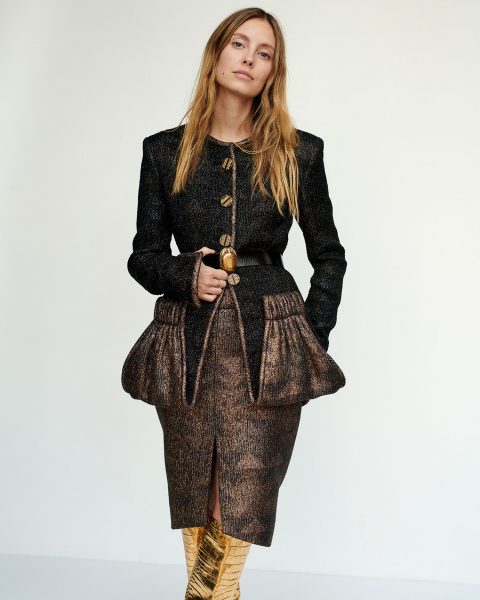
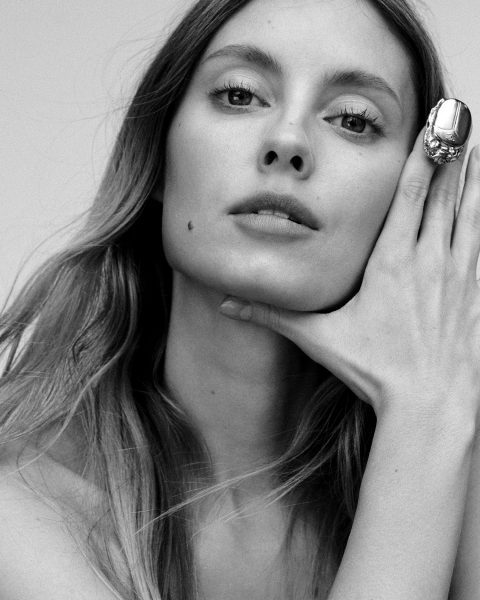
Cyndle on finding inspirationI try to pay attention to my surroundings, keep my eyes open and be in tune with the moment. You never know what might spark an idea.
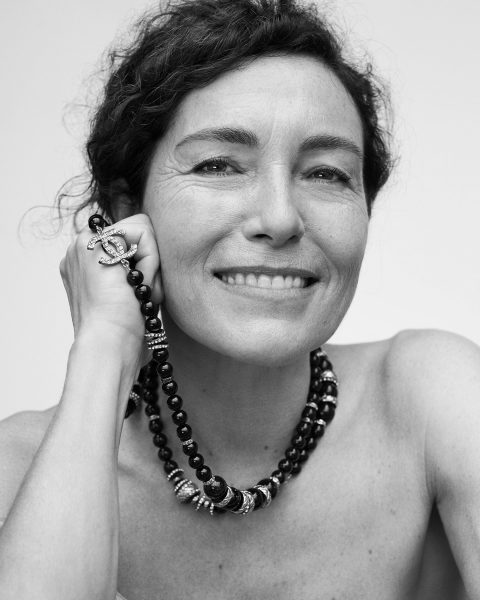
Unconditional Magazine: How did your love for beauty begin?
Fulvia Farolfi: In Bologna, my hometown, when I was younger, I would walk around observing women’s makeup and envision how I would improve it. It was one of my high school friends who reminded me of it, but even then I had a clear idea of how a woman should do her makeup. I actually studied science, and no one in my family was an artist or in fashion.
UM: What brought you to New York?
FF: My dream to work with Mr. Irving Penn.
UM: How did you get started in the industry?
FF: I went to a great makeup school in Milan. A year later I began testing, shooting my first editorials and working on major fashion shows as part of the Diego Dalla Palma team. I built my portfolio, then four years later I left for New York, alone. Little by little, I started all over again, and never left!
UM: Was there a moment that felt like a turning point?
FF: Working with Mr. Penn was definitely a turning point in my life. I was struck by one of his photos in Vogue Bellezza; it made me want to become a makeup artist in fashion. There have been so many in my career though. I feel blessed!
UM: How do you feel like the industry has changed since then?
FF: I feel the change on fashion shoots. Nowadays editors have to follow rules dictated by the magazine or the designers, and hair and make up artists are given references. I understand why, it’s because there is limited time available, so they want to have some control. Plus the lack of fashion knowledge of many participants and the excessive reliance on retouching. Earlier on, there was more freedom, mistakes would be made and therefore the photos didn’t look like something that was done a year prior.
UM: What is your creative process?
FF: Ideally, I like to create on the spot and be very spontaneous!
UM: Where do you look to for inspiration?
FF: The streets, museums, art books, and online as a last resort. But what inspires me the most are the features of the models and the team I work with.
UM: What was the last place you travelled to that really fascinated you?
FF: The last one was Brazil, a country I traveled extensively and adore. Also unforgettable was El Calafate in Patagonia as well as trekking to sixteen thousand feet through the Annapurna circuit in Nepal.
UM: Describe your aesthetic in three words?
FF: Slick, feminine, versatile.
UM: Your favorite women you’ve worked with?
FF: Wow so many! In no particular order: Meryl Streep, Linda Evangelista, Amber Valletta, Jennifer Lawrence, Naomi Watts, Jennifer Connelly, Joan Didion, Shalom Harlow, Penelope Cruz.
UM: What makes a woman beautiful to you?
FF: Her personality, energy and charisma . Beauty doesn’t hurt, but only if it’s not “empty”.
UM: What is your stance on the obsession with beauty in 2019?
FF: The obsession is with youth and perfection. It’s dictated by social media’s invasion in our lives, targeting, in particular the millennial generation. They suffer firsthand because they’re comparing themselves to these genetically (or artificially) semi-perfect girls. What they don’t understand is being at your best does not mean being a size 2! Taking care of yourself—from beauty routines to exercise to good sleep patterns—is essential to a healthy mind. And I believe that does take a lot of work and discipline. At times I’ve thought about a facelift, but I like my wrinkles!
UM: Personal mantra?
FF: Live the life you want to live.
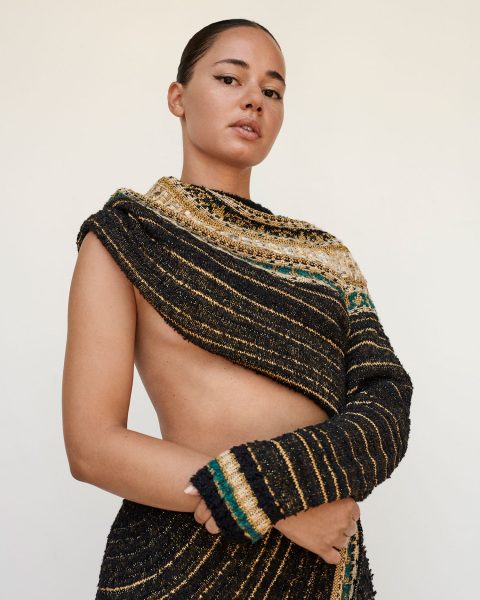
Unconditional Magazine: Where in the world are you right now?
Mellany Sanchez: Right now I’m in Nice, France having an end of summer vacation.
UM: How would you describe your job?
MS: I’d describe my job as providing solutions for the image of an artist. That can be anything from co-designing goods with a brand, to researching photographers or artisans to consider for projects, to shopping. My day-to-day includes a mix of all those things, plus a lot of communication and idea sharing.
UM: What was it like for you growing up in New York?
MS: Growing up in this city has been a real gift. My parents were also born here, so our identity has been shaped by this city. That continues to motivate us to make our mark on it.
UM: What about it in particular fueled you creatively?
MS: New York is the greatest resource in the world but I think it comes along with a pressure to find a way to be utilized, and that can be very motivating.
UM: Who were some of the people who first influenced your style?
MS: My parents influence my style. My dad has always been keen on the “right” Made in USA Champion sweatsuits, and my love for footwear began with his taste for sneakers like Nike Air Max and Air Force 1s. My mother always collected Patricia Field and taught me about Fiorucci. She is also an incredible fashion illustrator and I took from her a love for illustrations on clothing.
UM: Looking back, how did you first establish yourself in the business?
MS: First, by forming opinions about product and gaining taste, and by studying the history of brands, art, and music. A lot of that came from working in retail and being hands on with product, tangibly understanding clothing and shoes and how people respond to them.
UM: Do you feel like Instagram helped you establish your voice?
MS: Instagram mostly served as a space to share some of my taste, and that has been helpful, definitely.
UM: You seem to have real connections with the people you work with. Does that come naturally over time?
MS: I need to have a point of view about something from the beginning. That’s the challenge and that really gives me the steam to take something on. The real connections that develop are thankfully the reasons why I’ve spent years in my positions.
UM: What has it been like to partner with Drake?
MS: Incredible growth and meaningful challenges have defined my time working with Drake. The work ethic on my team really flows from the top, as he is certainly the hardest working talent in the music industry. That has been inspiring, and it’s been incredible to work with so many different artisans, especially from New York, on our journey together. My favorite part of my job is working with young and independent talent on a project for the artist.
UM: Was it a challenge styling for movement — for a performer who is that dynamic?
MS: I truly see his moments on stage as a sport — he is an athlete in his own right, who requires performance wear that serves him. Creating and collaborating on that wear has been an amazing journey . From Nike sneakers that survive and perform for hours-long shows on 3 month tours, to working with luxury houses, to make items that function on stage. We went through several rounds of sampling and testing to perfect the weight, cuts, and functionality of all the items worn on stage.
UM: Any favorite moments you can recall?
MS: Creating stagewear for the tours has been the most rewarding because when you’ve done it right you can see how the apparel adds to their confidence and the performance. Creating pieces that are easy to dress pre-show, can quick change mid-show, and still excite the artist for the next show is a big and worthwhile challenge.
UM: As you’ve traveled more, where has been your favorite place to visit?
MS: I appreciate traveling so much, it really has made me see New York in a new light. A trip I think about often is one I took to Marfa, Texas during a tour — that trip taught me a lot about work, and pace. Also, visiting the Brioni factory in Penne, Abruzzo was a completely educational experience that changed how I work on the production side of my projects.
UM: Do you still feel like you have things to prove?
MS: To myself, I think — yes. I want to know more about social policy and involve myself in projects that are public serving for my community.
UM: What does the future look like for you?
MS: I would love to do similar image work for a politician who I believe in, someone like Alexandria Ocasio-Cortez. I’m going to return to NYU for a few courses, so I can immerse myself in work that will grapple with real-world social issues.
UM: Dream collaboration?
MS: I have some ideas for the MTA and the New York Public Library.
UM: Whats some advice you would give to a girl growing up with your aspirations?
MS: Be relentless in your pursuit of meaningful work.
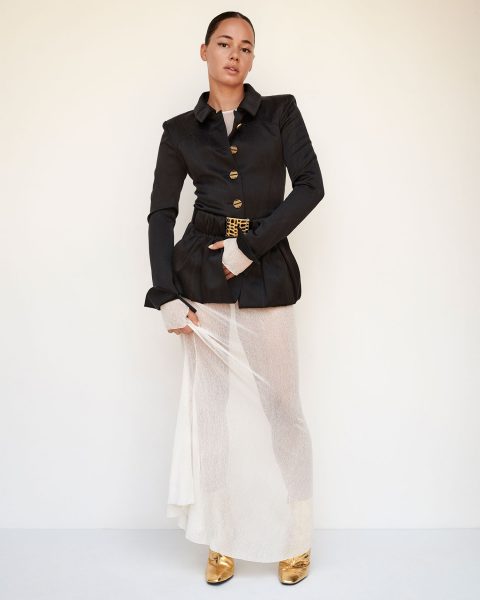
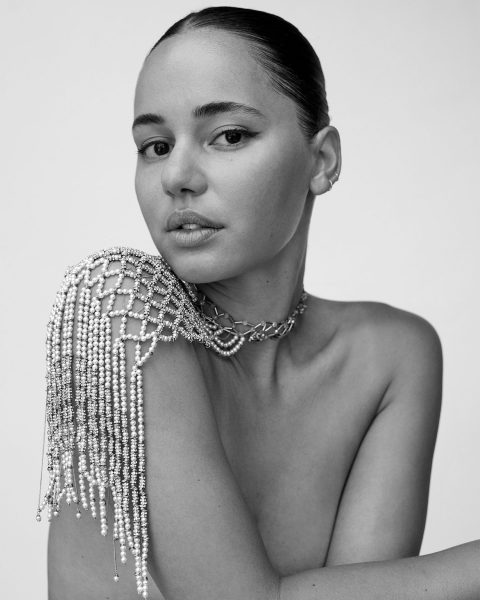
Mellany’s advice to the new generationBe relentless in your pursuit of meaningful work.
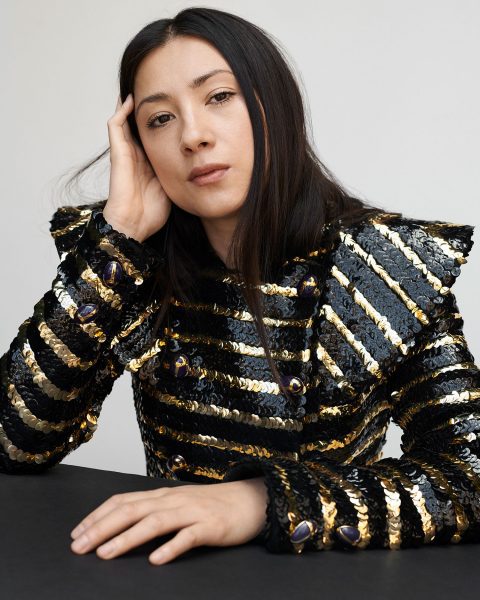
Unconditional Magazine: Having the perspective of someone born and raised here, what do you think it is that makes this city so unique in the world?
Jen Brill: New York never stops. It’s always shedding layers, and revealing something new. It’s obsessive, relentless, and cruel at times. If you’re open to it, the city can teach you something about yourself everyday. To live in New York you need to be really sensitive to everything — people, your physical surroundings — because anything can happen at any given moment. There is a hyperawareness that this city gives you. We see the car crash before it happens kind of thing.
UM: Who were your creative role models when you were younger?
JB: Nan Goldin, Jim Goldberg, Mary Ellen Mark, Larry Clark, Diane Arbus to name a few.
UM: How has the city influenced your work and point of view?
JB: New York has taught me to never take no for an answer.
UM: What were the first steps you took to establish yourself in the industry? Did you have a mentor?
JB: My first job in the industry was working for an incredible woman, Molly Logan, who had an agency that represented fine artists commercially. I’ve never met someone with better taste in photography and art than her— a true trailblazer. She had an impressive library that I would get lost in whenever I could. I think that really helped form my creative process, which is heavily research based in a sort of back-to-the-books manner.
UM: Do you remember the first project you had complete creative control of?
JB: Complete creative control isn’t part of my approach. I like gathering great minds, the best people to execute a vision or brief and let them do their thing. Creative monopoly can be inhibiting and I believe collaboration more often than not strengthens a project as a whole.
UM: What do you aim for you or what is the point of view that you’re trying to express?
JB: I don’t have a style that I want everyone to recognize as mine or my studio’s but I do want our work to feel real and timeless. I want to represent and portray things in an honest way — I’m not interested in scrubbing pores off of faces in post or fixing clothing to a point where it’s no longer the garment photographed. I like texture, I like flaws, I even like pimples. I want to celebrate things and people as they really are — I want the work to feel human and to reflect the values that me and my team have. And we always want to move the dialogue forward.
UM: What is the first stage of your process when working on something?
JB: The first stage really depends on how baked the job is when it comes to us. Sometimes a client brings us a brief that spells out the inspiration, the needs, the deliverables and other times we have to build something out from the ground up.
UM: Where do you often look to for inspiration?
JB: Books. Not everything is on the internet.
UM: Is there anything you’ve discovered recently that felt creatively significant?
JB: I’ve rediscovered Walt Disney’s Alice in Wonderland and cannot get it out of my mind. Especially the colors.
UM: What kind of advice would you give to a young woman coming up in New York?
JB: Let your gut guide you. Ask for help, ask for advice but make your own decisions.
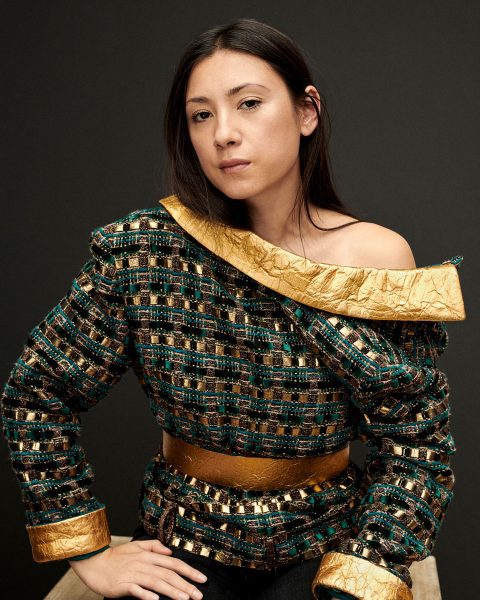
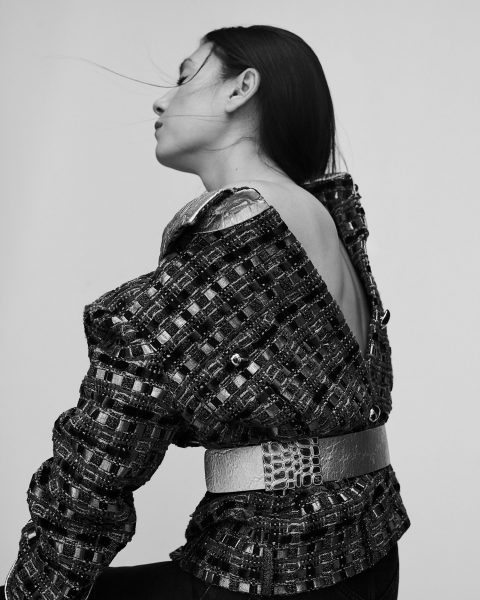
Jen on her role as a creative directorI like gathering great minds, the best people to execute a vision or brief and let them do their thing. Creative monopoly can be inhibiting and I believe collaboration more often than not strengthens a project as a whole.
This feature was originally published in Issue Nº9, 2019
Jen Brill and Olympia Scarry: Hair: Adlena Digman at Bryant Artists, Makeup: Cyndle Komarovski at Managements + Artists for Chanel, Mellany Sanchez: Makeup: Cyndle Komarovski at Managements + Artists for Chanel, Lauren Hutton at IMG Models: Hair and Makeup: Roberto Morelli at Link Management. , Photo Assistants throughout: Siggy Bodolai and Jon Ervin, Stylist Assistants throughout: Mackenzie Thiry and Candice Ho Lem, Production: Bridge, Casting: Unconditional, Production Assistant: Aidan Heigl, Post Production: Griffin Editions
